Temperature Check
By Mark Loehrke
March 2024 View more Featured
What’s hot and what’s not in local real estate markets
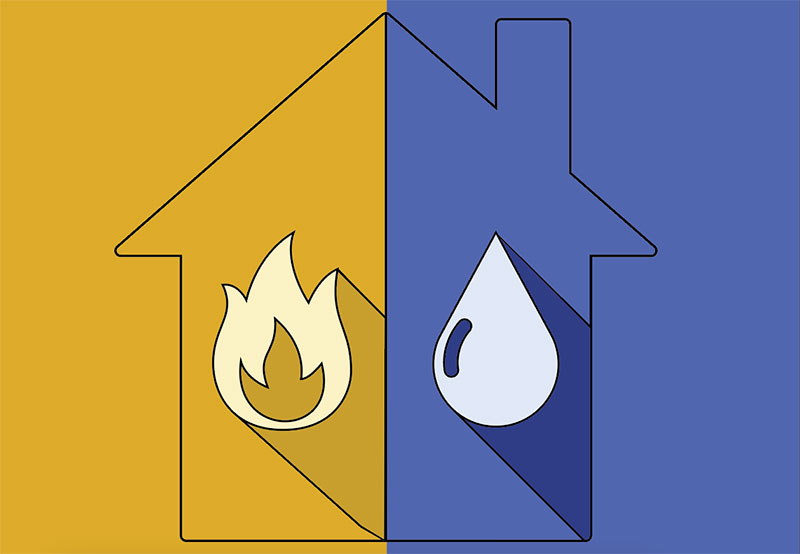
It might be underselling the point to say that the past year has been mercurial for both buyers and sellers in the west suburban real estate market. As typical fluctuations in home values and interest rates have proven to be anything but, there remain plenty of questions about where things stand heading into the second quarter of 2024. Here are a few key areas to keep an eye on as the bustling spring season arrives, according to veteran market observers Jim Barcelona, managing broker and VP of brokerage services for @properties in St. Charles, and Scott Parker, sales manager and VP of sales and marketing for John Greene Realtor in Naperville.
The West Suburban Scene

Barcelona and Parker agree that the west suburban housing market remains strong, with low inventory levels in both DuPage and Kane Counties (1.1 and 1.4 months’ supply of homes, respectively) and continued high demand coming out of 2023. “Inventory is constrained, and it doesn’t look like that is changing anytime soon,” explains Parker, citing the strong demand from millennial buyers and a decade-plus backlog of builder supply coming out of the Great Recession. “Our clients seem very confused about the lack of inventory, but it really boils down to demographics and permits.”
As a result of the ongoing low inventory, a sellers’ market remains in place—for the time being. “It will be interesting to see how the market performs this spring based on the material downward movement we saw in interest rates coming into 2024,” Barcelona says. “This could spark stronger buyer demand, but it could also allow more sellers to come to market as they finally feel they can sell and find something else to purchase.”
Sales Scenarios
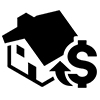
Barcelona notes that the average days on the market for homes in both DuPage County and Kane County for 2023 was 34 days, continuing a slightly downward trend over the past several years. Nevertheless, Parker says the market is off by 10 to 30 percent in terms of sales volume, depending on where you look, with rising interest rates claiming most of the responsibility. Even so, there’s good news as well—local prices have not only held up, but have shown appreciation in the 5-to-10-percent range.
“This is contrary to a lot of the national headlines highlighting markets that are starting to balance out where home prices are stable or falling,” Parker says. “We don’t get the crazy bullwhips here that the West and Southeast often do, so the Midwest has actually outperformed the rest of the country recently.”
Residential Trends
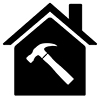
While Parker thinks there’s a long way to go to bring residential inventory levels up to where they need to be, he does note that several national homebuilders are very bullish right now, with plans to build a number of new projects in the next couple of years.
“We haven’t seen a lot of raw-dirt development over these past 15 years, but the strong recovery in home prices has made that feasible again for builders,” he says. “It is certainly needed, and it will be interesting to see how those communities do. Homebuilders have a major advantage over traditional home sellers in a higher-rate environment, as they can get more creative with financing options. We have seen many do really well with interest rate promotions over the past year.”
Commercial Concerns

Barcelona says the struggle continues in office space, as businesses try to navigate the fits and starts of their postpandemic hybrid policies and landlords brace for a mountain of commercial debt coming due in 2024. Meanwhile, Parker notes that the industrial sector remains hot and appears to have a long runway, while the push to turn the I-88 corridor into a so-called Silicon Prairie continues to gain steam—a shot of positivity that the moribund office market could sorely use.

“With a strong labor force, a reasonable cost of living, strong schools, and great park districts, the western suburbs have a lot going for them,” Parker explains. “Tech companies believe they can recruit top talent to this market, and the I-88 corridor has a lot of attractive office building inventory.”
Tips for Buyers and Sellers
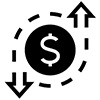
Regardless of current market trends or conditions, both Barcelona and Parker say their suggestions for prospective buyers and sellers is fairly evergreen.
“My advice continues to be to not try to time the market, particularly if you are a buyer,” Barcelona says. “If you know your time horizon for living in a home, purchase it now with the understanding that real estate markets go in cycles, and over the longer term, you’ll probably be OK. On the other side, I would say: Capitalize now on these elevated prices or risk missing out on one of the greatest times ever to be a seller in the suburbs.”

Parker adds: “A lot of would-be buyers or sellers have felt indecisive over these past few years because it’s hard to predict where the market is going, what rates are going to do, and how home prices are going to react in the future. The best advice I can give is to determine if your life conditions outweigh market conditions. If you’re sick of renting, you have a growing family, or you have too much home to maintain, analyze your financial situation and decide if you can change your life in a positive way and do it within your budget. If so, then don’t worry about market conditions that you can’t control.”
The Great Rate Debate
Barcelona and Parker agree that the one overriding factor affecting how real estate will perform throughout the remainder of 2024 is the status of interest rates. “Will rates actually come down into the 5 percent range like many economists are predicting?” Barcelona asks. “And will that fuel more sellers to come on the market and stop delaying their need and desire to move?”
Amid the uncertainty, one thing is assured, as Parker sums up: “Interest rates will determine everything this year—wherever they go, the market will follow.”
In Demand
Here are a few home features and trends that Barcelona and Parker have noticed buyers have been seeking recently:
1. Ranches continue to sell briskly, as do homes with first-floor primary bedrooms.
2. Kitchens, baths, and wall colors are moving away from neutral beiges and grays and instead favoring slightly bolder color statements or contrasts.
3. Once seen as a possibly short-lived pandemic-era phenomenon, the home office seems to be here to stay.
4. Bigger homes are back in play, with buyers once again gravitating to higher square footages after several years of more modest demands.
Affordable Housing in Naperville—Filling the Gap
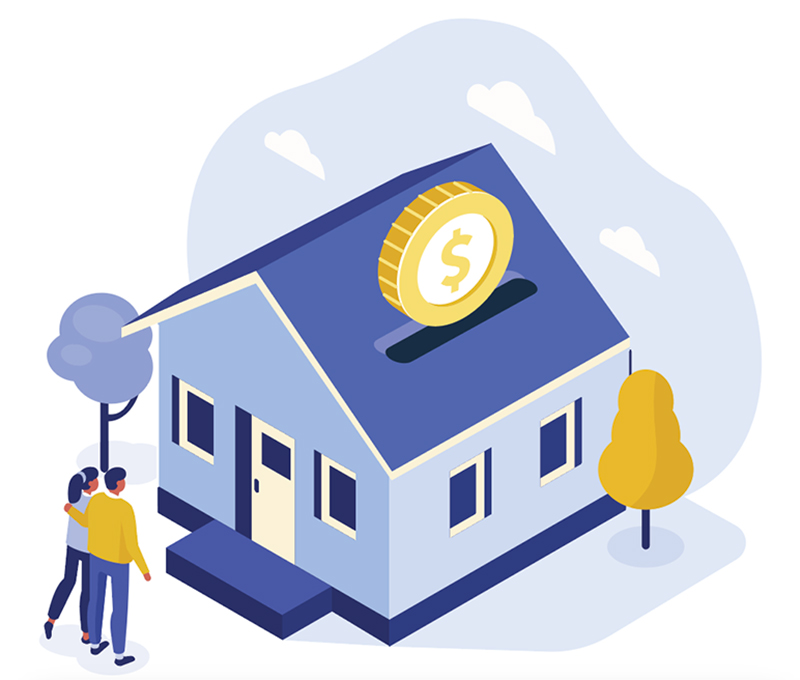
Long scrutinized for its lack of affordable housing, Naperville recently received approval for its plan to tackle the issue from the Illinois Housing Development Authority. The city’s progress toward a goal of at least 10 percent affordable housing stock includes initiatives such as leveraging publicly-owned land for an affordable housing complex, preserving what is considered “naturally occurring affordable housing,” establishing a rehabilitation loan fund for low-income seniors, and creating a housing trust fund for specific populations. Naperville’s plan (which is subject to further review) indicates a current need for an additional 1,263 affordable units—and up to 13,000 units by 2040—to meet the state’s minimum requirement.
What’s Your Worth?
A look at some of the most telling statistics across 10 local communities.
| 2023 Average Sales Price | |
|---|---|
| Hinsdale | $1,216,600 |
| Naperville | $585,739 |
| Glen Ellyn | $529,990 |
| St. Charles | $490,566 |
| Wheaton | $465,149 |
| Plainfield | $409,145 |
| Oswego | $384,742 |
| Lisle | $349,590 |
| Warrenville | $336,496 |
| Aurora | $328,466 |
| 2023 Median Sales Price | |
|---|---|
| Hinsdale | $1,037,000 |
| Naperville | $535,000 |
| Glen Ellyn | $447,500 |
| St. Charles | $430,000 |
| Wheaton | $415,000 |
| Plainfield | $409,145 |
| Oswego | $364,000 |
| Lisle | $327,500 |
| Warrenville | $303,750 |
| Aurora | $297,000 |
| One-Year Median Sales Price Increase | |
|---|---|
| Aurora | 12% |
| Plainfield | 10% |
| Hinsdale | 8% |
| Naperville | 8% |
| Lisle | 6% |
| Warrenville | 6% |
| Oswego | 5% |
| Wheaton | 5% |
| Glen Ellyn | 4% |
| St. Charles | 2% |
| Ten-Year Median Sales Price Increase | |
|---|---|
| Aurora | 150% |
| Warrenville | 111% |
| Plainfield | 105% |
| Oswego | 93% |
| St. Charles | 59% |
| Naperville | 57% |
| Wheaton | 51% |
| Glen Ellyn | 42% |
| Lisle | 40% |
| Hinsdale | 29% |
Source: Midwest Real Estate Data
Photos: Mike Sansone Photography (Parker); @properties | Christie’s (Barcelona); Art: Jake Olimb/istock (main illustration); Irina Strelnikova/istock (house illustration); Victor, Maksim Ankuda, appleuzr/istock (icons)


